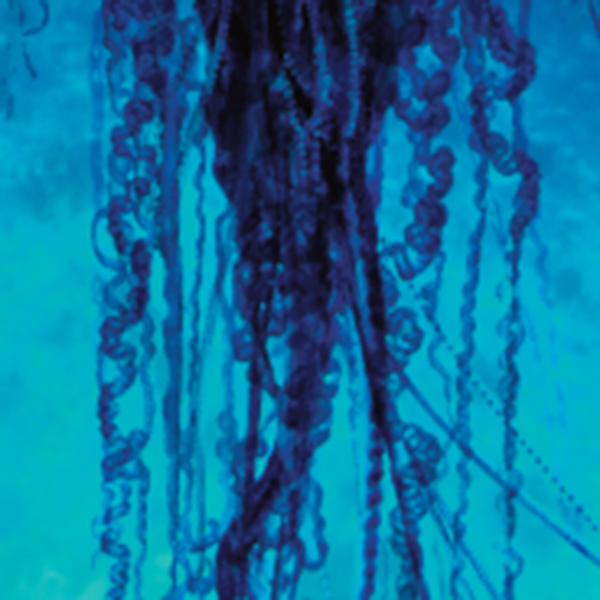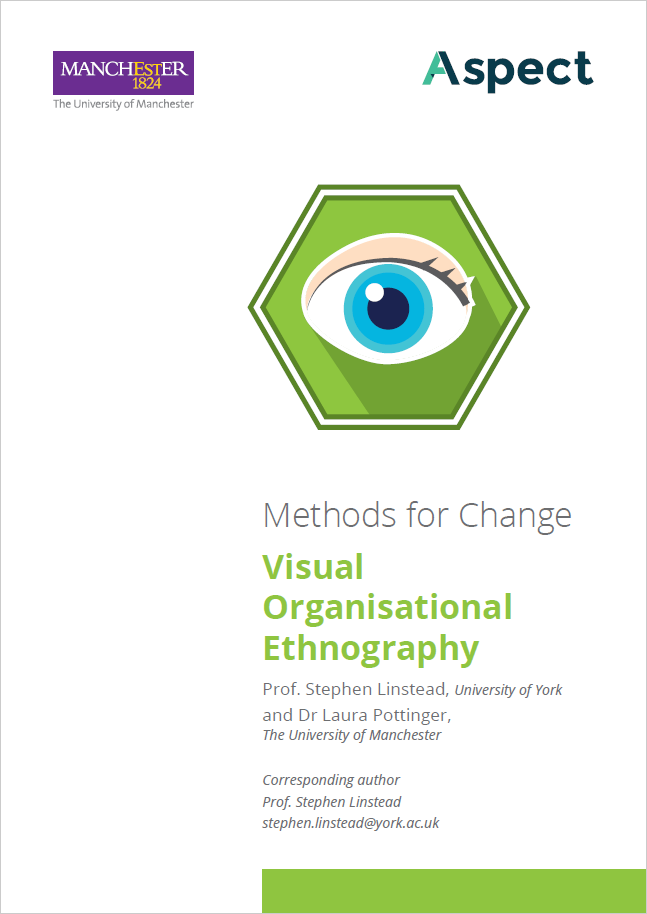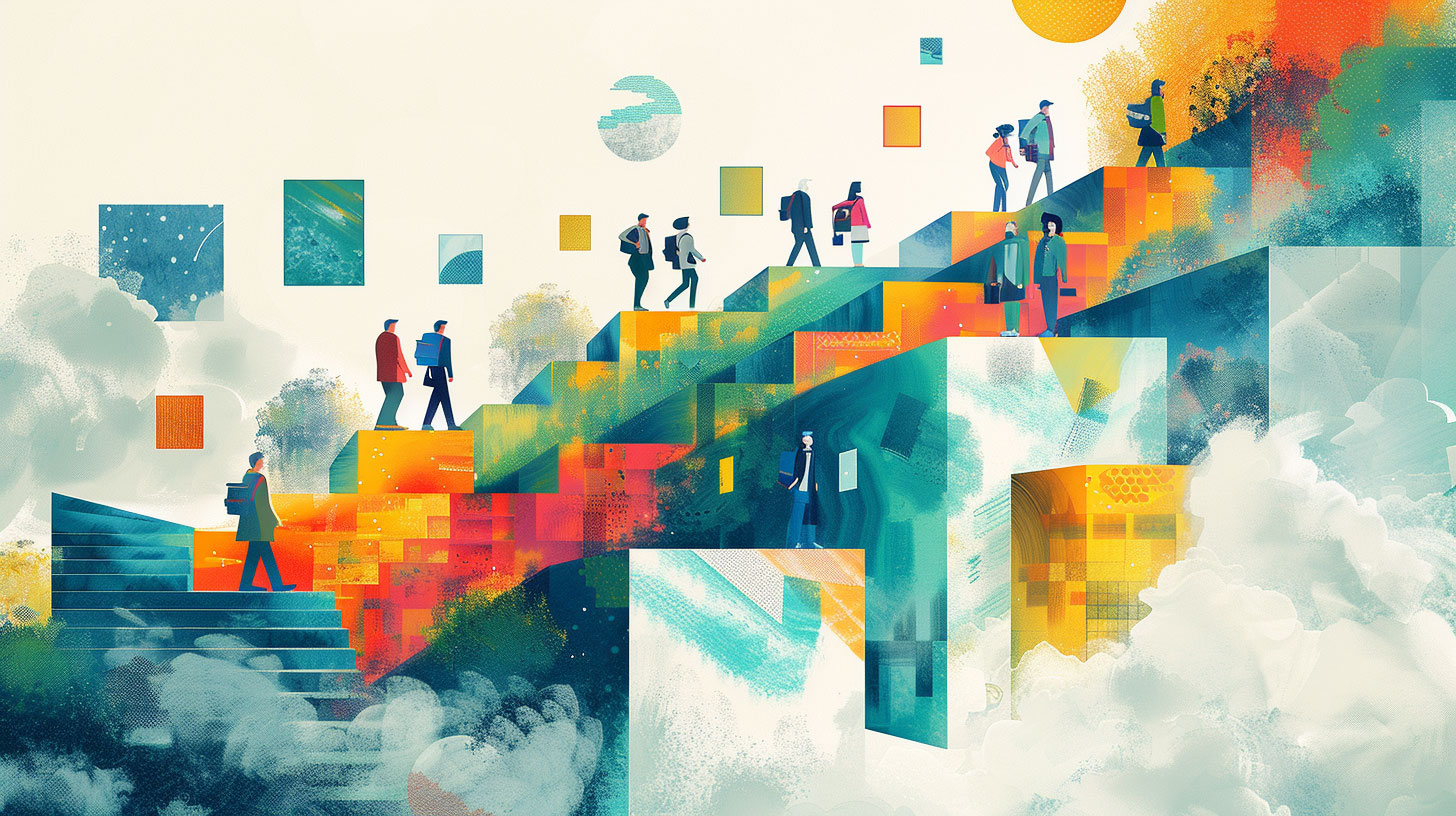Research Method: Visual Organisational Ethnography
Visual Organisational Ethnography is a transdisciplinary approach that brings together artistic interpretation and theories from the social sciences used to study management and organisational culture. Researchers using this approach aim to generate a rich site-specific understanding of organisations, institutions, industries or interest groups, and work closely with those communities to produce a creative representation of their culture that can galvanise change.
As an ethnographic approach, it often entails long-term and immersive processes of observing, collecting and recording while participating in the communities or organisations that are the focus of the research. Gathered materials are then brought together and edited in order to release and develop the narratives within them, telling the stories of these places or communities in a way that moves and energises the people involved and provides a springboard for their future action. The researcher is not viewed as an expert, but rather as someone with the desire and skills to comprehend and help to articulate the worlds in which participants are the real experts.
Visual Organisational Ethnography frequently involves the use of several different methods that aim to open up suppressed or neglected dimensions of a culture. Specific tools, such as photography, film, poetry or theatre are selected in response to the context of the community or organisation that is being researched. Similar approaches are sometimes termed sensual ethnography, and while visual forms of data such as photographs and film are important, researchers should aim to draw on the full range of senses in order to understand and communicate participants’ experiences and stories. Whether the research culminates in a film, an exhibition or performance art, the aim is to create an immersive experience that has an emotional impact on those encountering it. The principle is that you might not remember what the research makes you see, but you will remember how it makes you feel.
You can find all the research outputs from the Methods for Change series here








